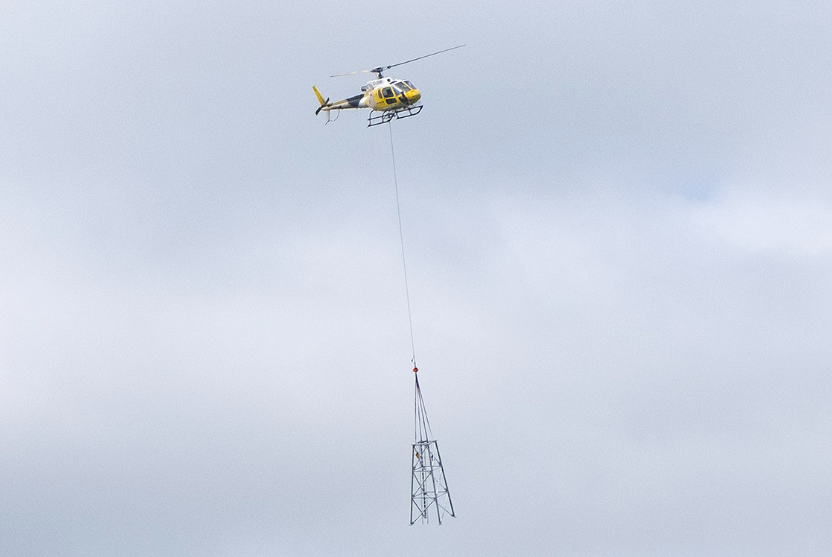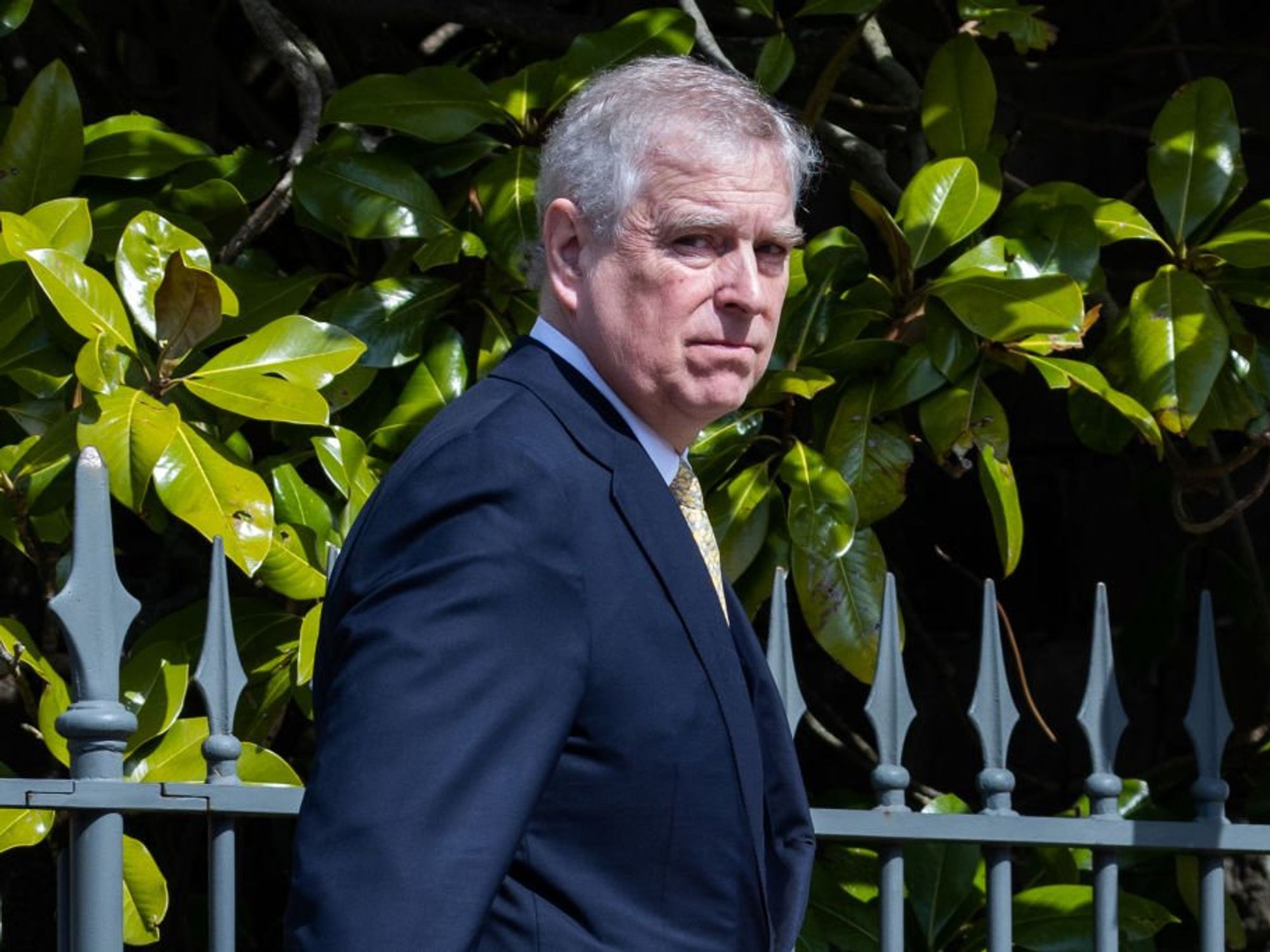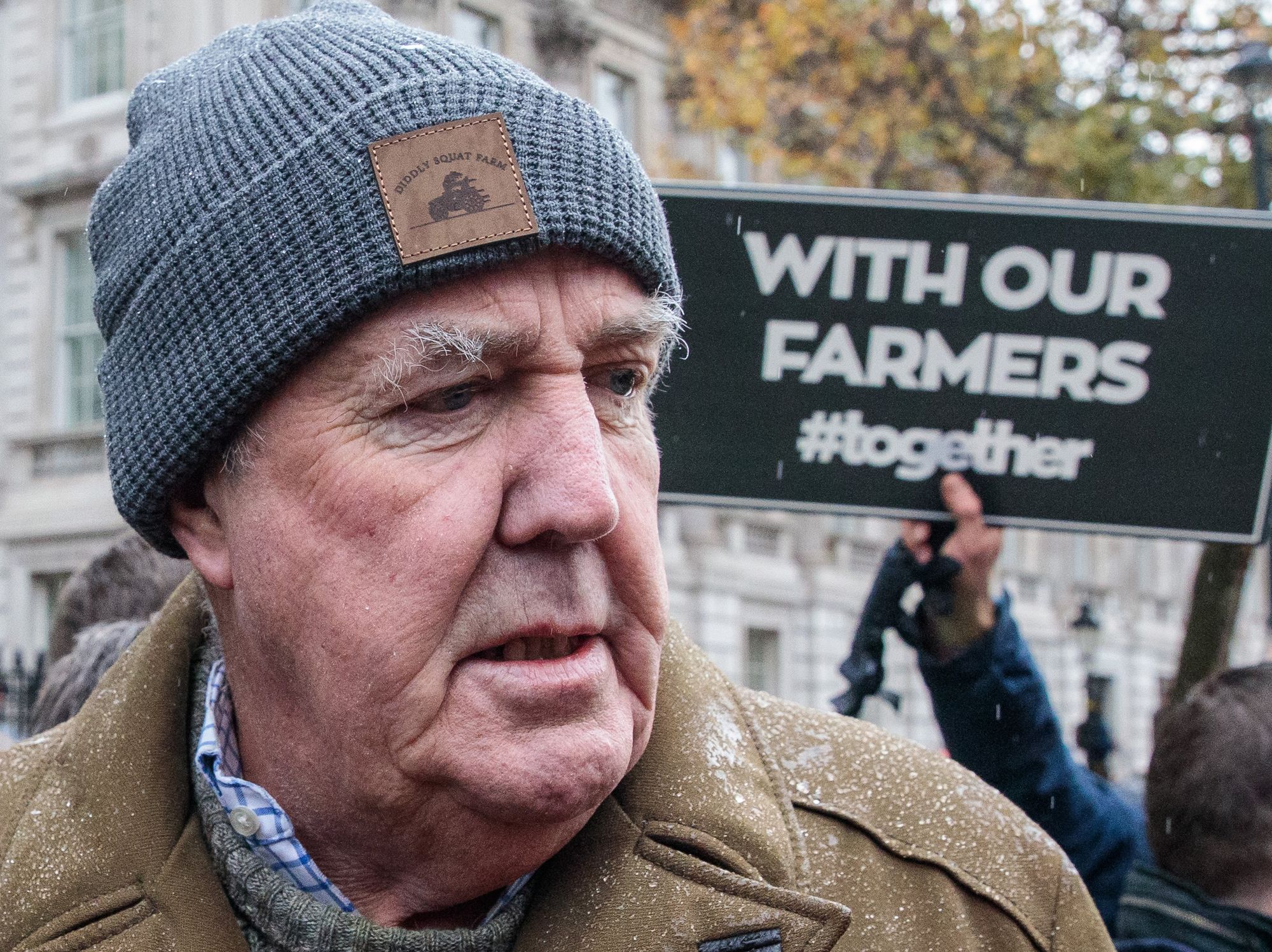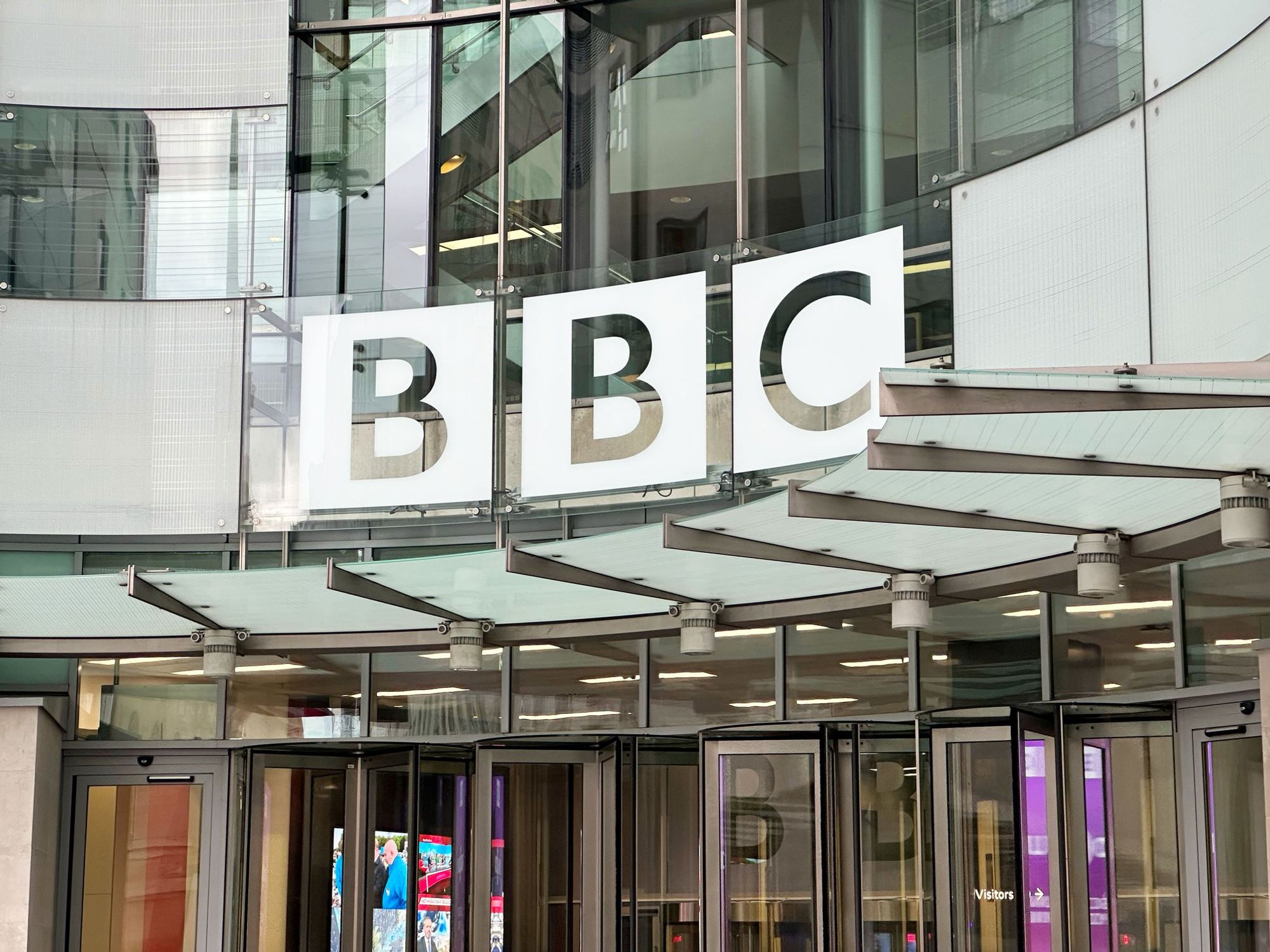Rishi Sunak's Government is falling behind schedule to boost 4G coverage in rural areas of UK, experts warn

Plans to extend 4G mobile signal across rural areas in the UK have fallen behind schedule, a damning new report has revealed
|GB NEWS

Signal for faster 4G mobile internet was supposed to reach 95% of the UK by next year
- A report from the National Audit Office has criticised the speed of 4G roll-out
- It says the Shared Rural Network programme has fallen behind on its 2025 goal
- Better 4G signal in rural areas could bring £1.35bn for local business and tourism
- Slower 3G networks are also being switched-off across the UK in major shake-up
Don't Miss
Most Read
Latest
Plans to supercharge the roll-out of 4G mobile internet across rural parts of the UK have fallen behind schedule, a new report from the National Audit Office (NAO) has cautioned. The UK Government promised to extend 4G internet, which offers 5-7x faster speeds than older 3G technology, across 95% of the UK landmass by 2025.
However, only one mobile network has met its interim coverage target — leaving questions over whether the project will be completed before next year.
The warning from the National Audit Office comes as mobile networks are switching off 3G masts across the UK to free up the radio spectrum to improve connectivity on 4G and 5G networks. 5G is now available in all major cities across the UK, offering faster speeds and more reliable connections in busy areas, like packed football stadiums or crowded train stations, for example.

The Shared Rural Network programme allows mobile operators to share the costs and coverage from masts in tough-to-reach places. The image above shows a helicopter being deployed by Virgin Media O2 to build a mast as part of the ongoing efforts to extend 4G signal across the UK
|SHARED RURAL NETWORK PRESS OFFICE
But as the mobile networks increasingly focus on the latest technology, experts at the National Audit Office are trying to draw attention to the Shared Rural Network programme, which is jointly funded by the Government and the country’s biggest mobile operators.
If completed, widespread availability of 4G, which offer download speeds of 60Mbps — just 6Mbps slower than the average household broadband speed as recorded by Ofcom last year, could unlock economic benefits of more than £1.35 billion by supporting business and tourism in rural areas, estimates by Department for Science, Innovation and Technology (DSIT) show.
However, the NAO report said the Government had so far provided limited evidence of the specific business case benefits of extending mobile coverage into sparsely populated areas.
Addressing the slower roll-out, the report acknowledges the 95% goal was hampered by the Covid-19 pandemic as well as opposition from local campaign groups and local authorities’ capacity to handle the influx of planning applications.
However, it also points the finger at the UK Government and mobile operators, which it says took longer than expected to finalise mast locations and to agree other aspects about the sites.
Costs have spiralled since the plan was introduced; the report warns.
It indicated that these additional pressures mean operators may not be able to deliver the level of coverage required within the current funding.
The NAO recommended improving oversight of the mobile operators on the Shared Rural Network scheme to ensure there was sufficient focus on delivering 4G coverage and performance for consumers and businesses.
Gareth Davies, head of the NAO, said: “Demand for mobile data access is expected to increase as data-intensive services become more popular and new technologies enable new uses, and government has set out a clear ambition for improved connectivity.
“It is unclear whether the Shared Rural Network programme will achieve its coverage target on time; costs are higher than anticipated; and government has not clearly articulated the benefits of aspects of the programme, including increased connectivity in sparsely populated areas.”
LATEST DEVELOPMENTS
- Amazon sued over decision to include adverts in Prime Video
- Windows 10 users facing new charges from Microsoft get lifeline from Google
- This website wipes all trace of your personal data from the internet
- We quizzed EE's Director of Broadband on the best position for your router
- End of the satellite dish? Sky Q slowly phased out as Sky prioritises streaming
Responding to the report, a spokesperson for the Department for Science, Innovation and Technology said: “This is premature. The programme remains on track to deliver 95% UK 4G coverage by the end of 2025, with coverage already available across 93% of UK landmass.
“We will continue to work with mobile network operators to ensure the programme is delivered on time and that the crucial coverage improvements are delivered across rural parts of the country.”
Additional Reporting By Martyn Landi, PA Technology Correspondent










